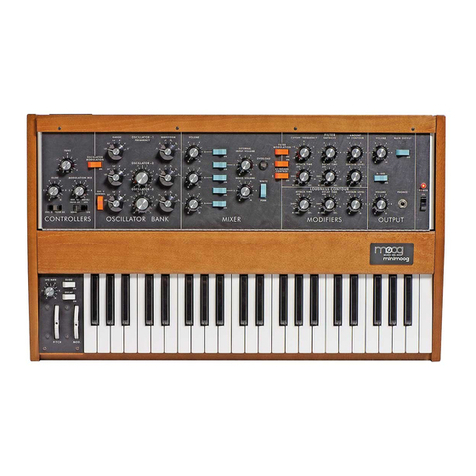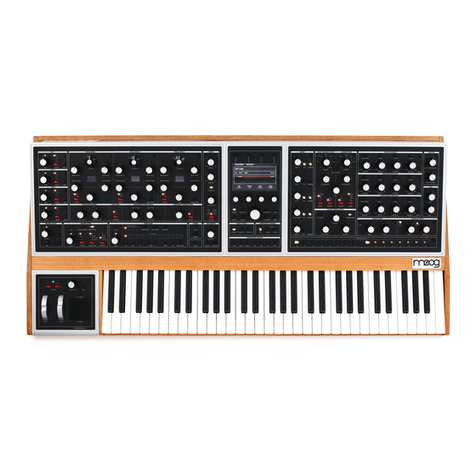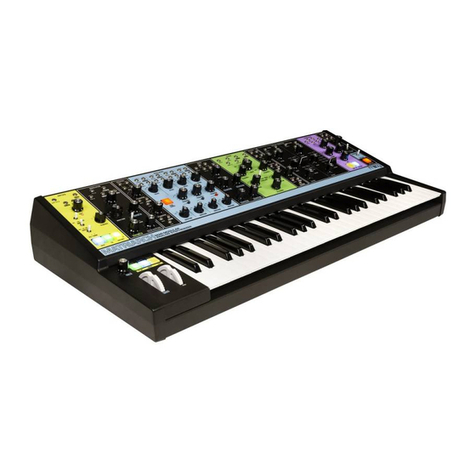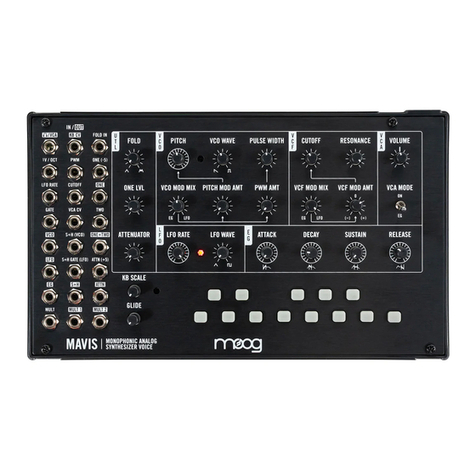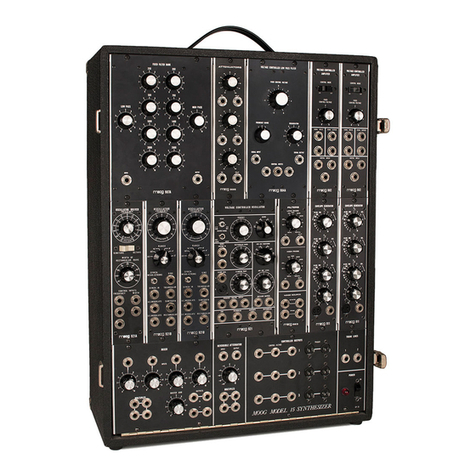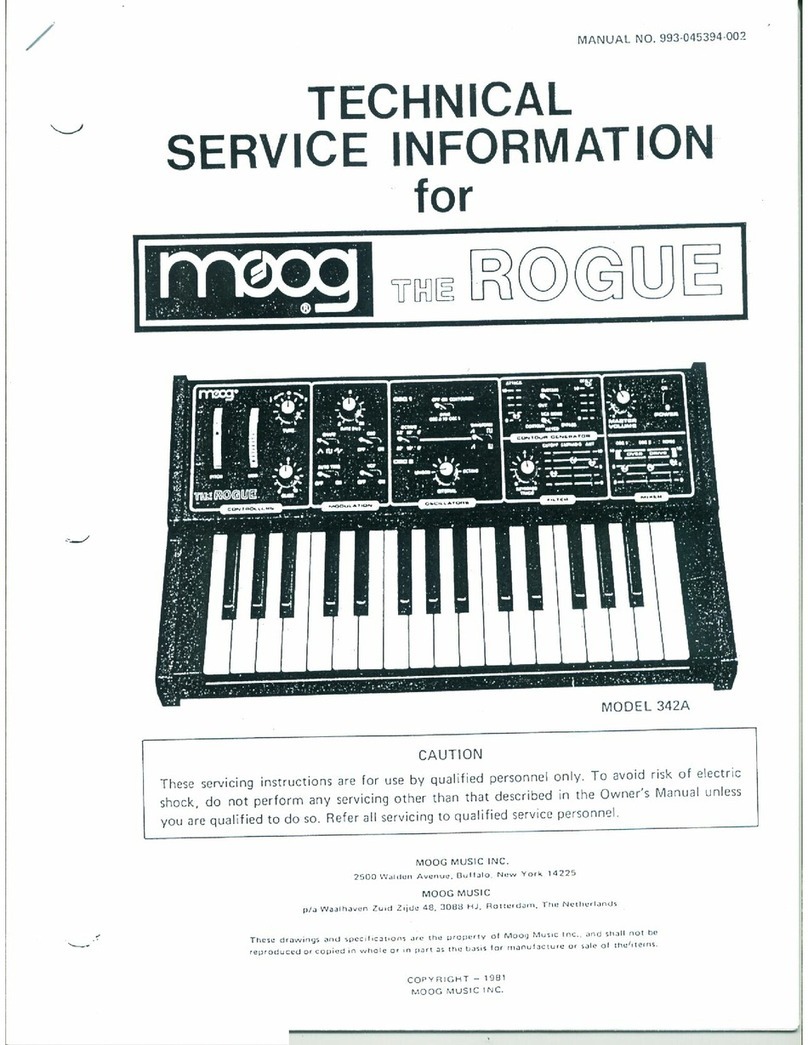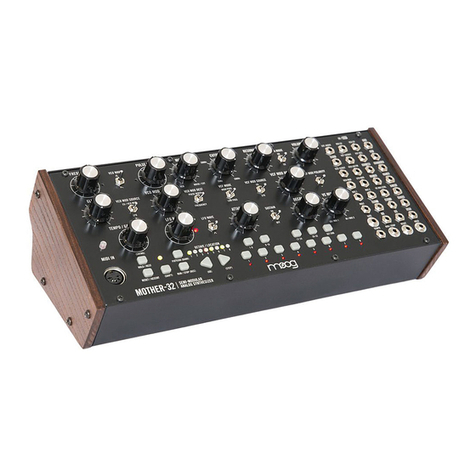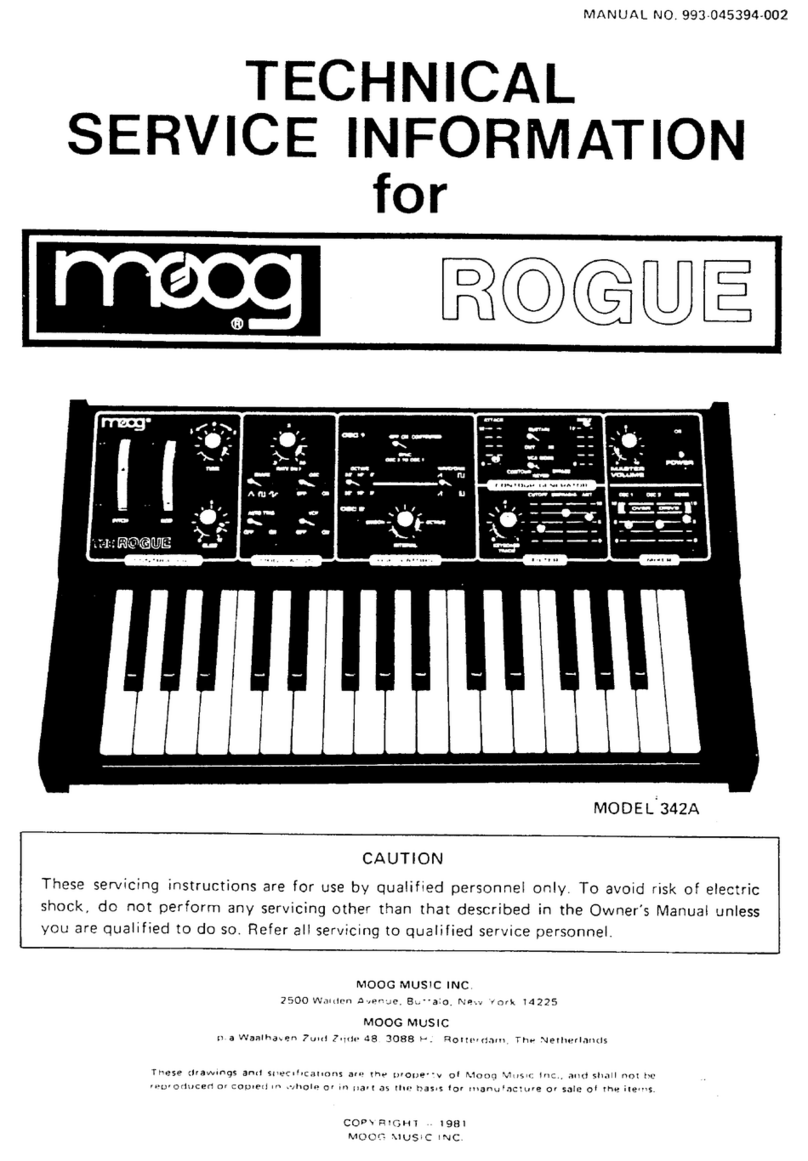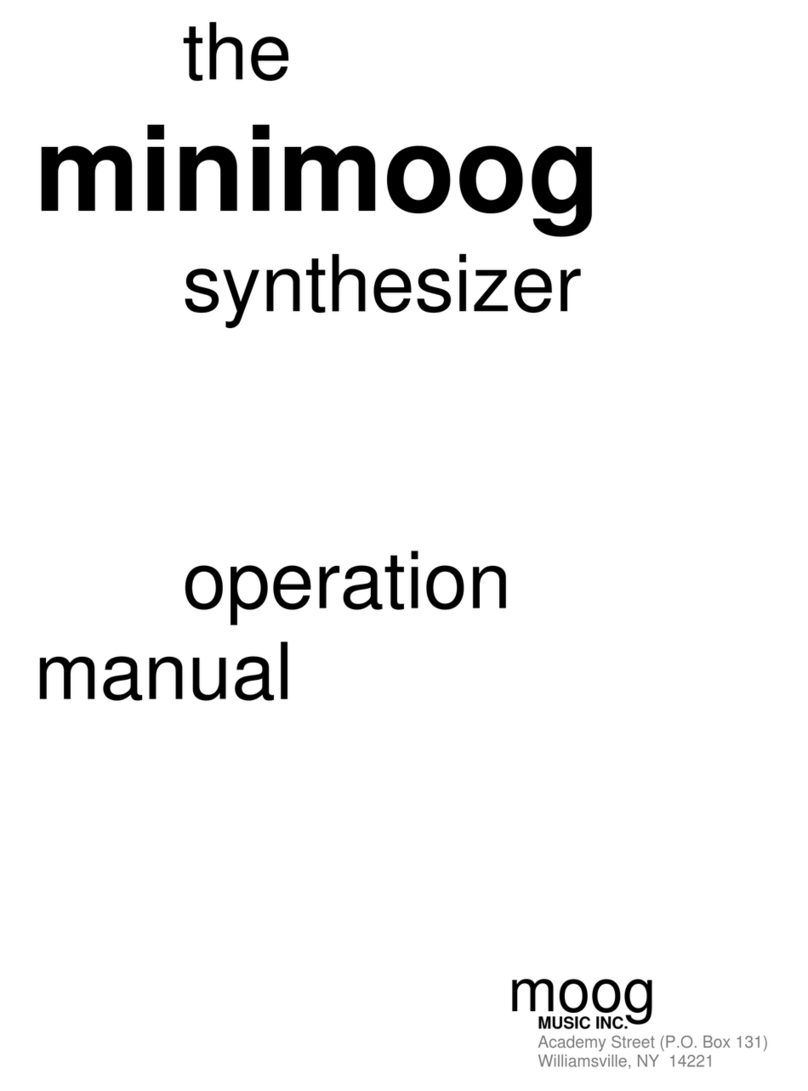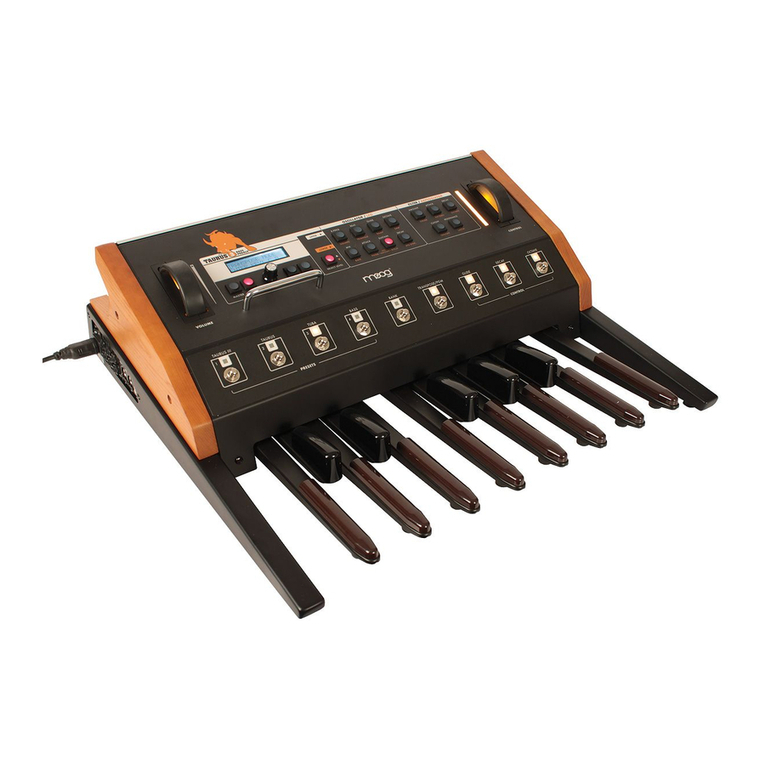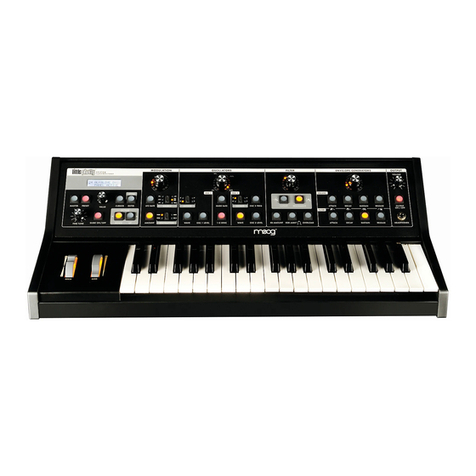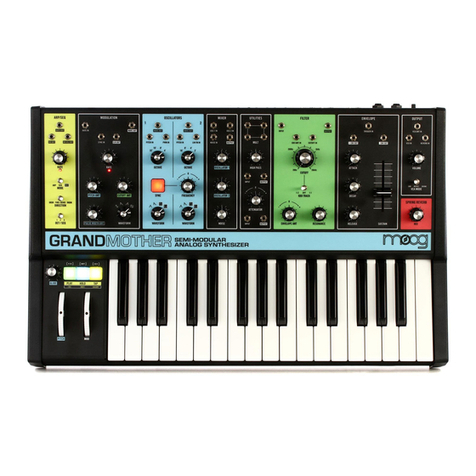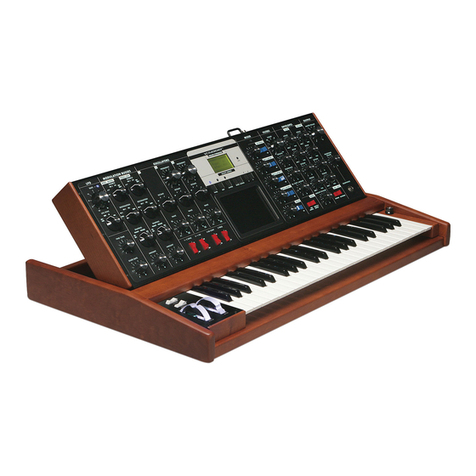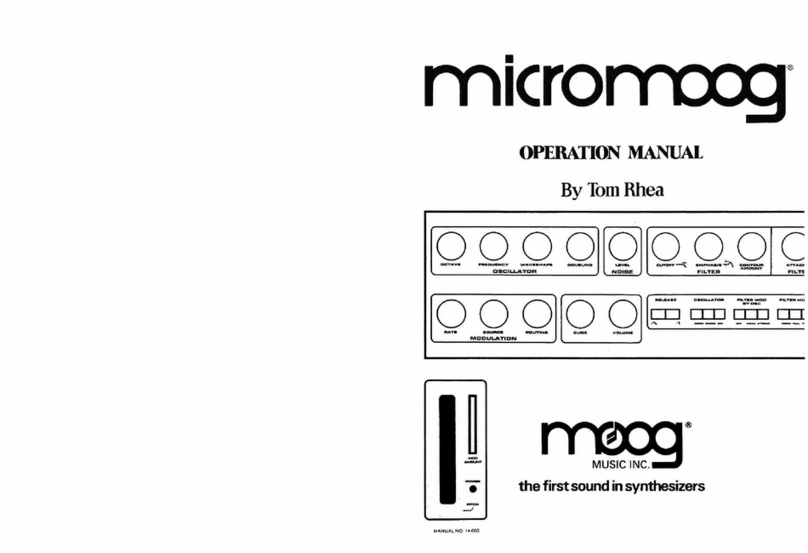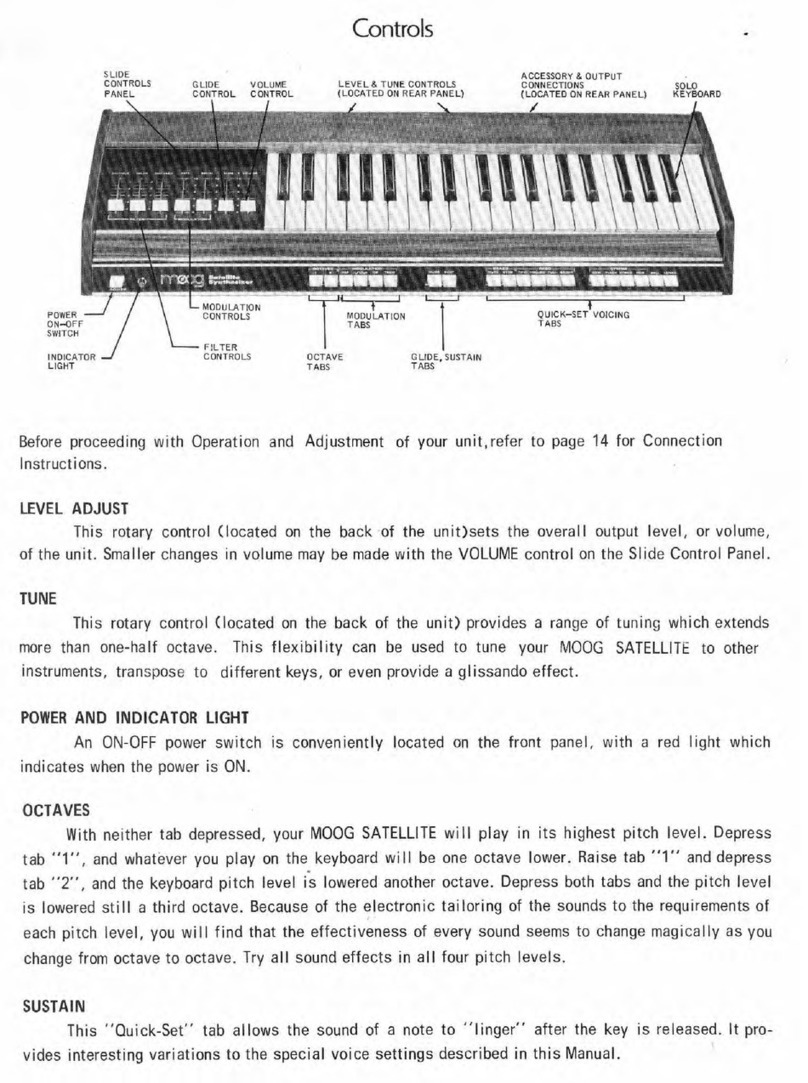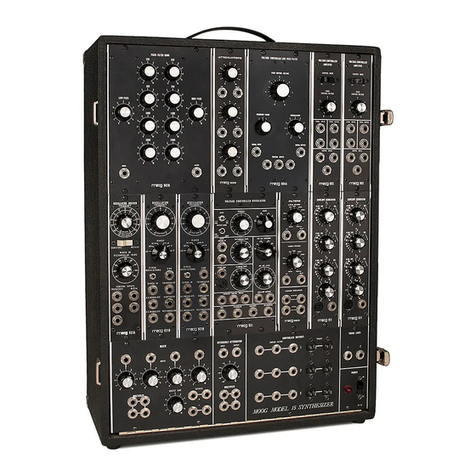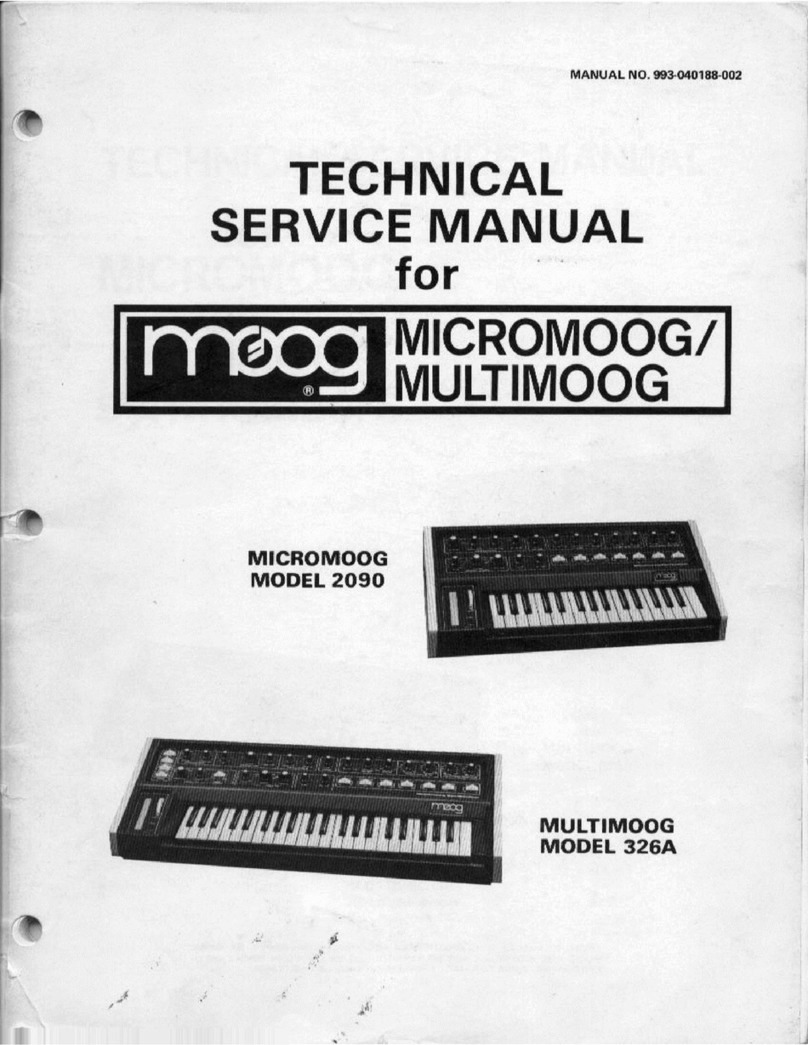
WARNING: WHEN USING ELECTRIC
PRODUCTS, THESE BASIC PRECAUTIONS
SHOULD ALWAYS BE FOLLOWED.
1. Read and follow all the instructions before using
the product. Heed all warnings and keep these
instructions for later reference.
2. Do not use apparatus near water—for example,
but not limited to, near a bathtub, washbowl,
or kitchen sink; in a wet basement; or near a
swimming pool.
3. Clean only with a dry cloth.
4. Do not block any ventilation openings. Install in
accordance with the manufacturer’s instructions.
5. Do not install near any heat sources, such as
radiators, stoves, or other apparatus (including
amplifiers) that produce heat. Do not operate
this instrument with the case in direct sunlight.
6. Protect the power cord from being walked on
or pinched particularly at plugs, convenience
receptacles, and the point where they exit from
the apparatus.
7. Use accessories specified by the manufacturer.
Ensure that any external equipment used
in conjunction with this product is installed
according to the safety specifications supplied
with that equipment.
8. Unplug this apparatus during lightning storms
or when unused for a long period of time.
9. This product, in combination with an amplifier
and headphones or speakers, may be capable
of producing sound levels that could cause
permanent hearing loss. Do not operate for a
long period of time at a high volume level or at
a level that is uncomfortable.
10.The product should only be connected to the
AC adapter supplied with the product. Do not
connect the AC adapter to an AC outlet that is
outside the adapter’s input specifications.
11. Care should be taken so that objects do not fall
and liquids are not spilled into the enclosure
through openings. Do not expose this product
to rain or moisture.
12. Refer all servicing to qualified service personnel.
Servicing is required when the apparatus has
been damaged in any way, such as if the power
supply cord or plug is damaged, liquid has been
spilled or objects have fallen into the apparatus,
or the apparatus has been exposed to rain or
moisture, does not operate normally, or has
been dropped.
NOTE: This equipment has been tested and found
to comply with the limits for a Class B digital device,
pursuant to Part 15 of the FCC Rules. These limits are
designed to provide reasonable protection against
harmful interference in a residential installation. This
equipment generates, uses, and can radiate radio
frequency energy and, if not installed and used in
accordance with the instructions, may cause harmful
interference to radio communications. However,
there is no guarantee that interference will not occur
in a particular installation. If this equipment does
cause harmful interference to radio or television
reception, which can be determined by turning the
equipment o and on, the user is encouraged to try
to correct the interference by one or more of the
following measures:
— Reorient or relocate the receiving antenna.
— Increase the separation between the
equipment and receiver.
— Connect the equipment into an outlet on
a circuit dierent from that to which the
receiver is connected.
— Consult the dealer or an experienced radio/TV
technician for help.
CAUTION: Please note that any changes or
modifications made to this product not expressly
approved by Moog Music Inc. could void the user’s
authority granted by the FCC to operate the
equipment.
OPERATING CONDITIONS
AND STORAGE
For optimal performance, use your Minimoog Model
D between 50–95 degrees Fahrenheit (10–35
degrees Celsius). Safe operating conditions are
within the range of 50–110 degrees Fahrenheit
(10–43 degrees Celsius).
Minimoog Model D should be stored in temperatures
above 32 degrees Fahrenheit (0 degrees Celsius)
but never greater than 135 degrees Fahrenheit (57
degrees Celsius). Do not leave Minimoog Model D
in a vehicle on a hot day with the windows closed.
Temperatures in a vehicle can exceed 175 degrees
Fahrenheit (80 degrees Celsius).
Important Safety Instructions
